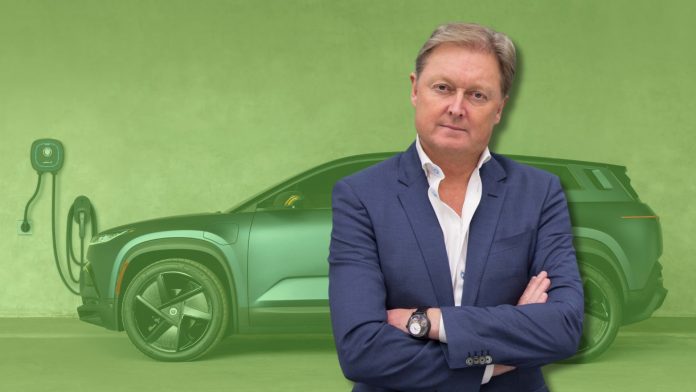Luxury electric vehicle brand Fisker raised an additional $150 million in funding from an existing investor as it celebrates the production of its 5,000th Ocean SUV.
According to a press release, an investor has agreed to purchase $170 million in unsecured convertible notes at a 12% discount from the company, resulting in a $150 million payout to Fisker. The car manufacturer also says it can raise an additional $550 million through the same method, allowing the brand to accelerate its growth strategy and build more electric vehicles.
The new funds come just days after the automaker revealed it had built 5,000 EVs since production started in 2022. This new total denotes a drastic improvement in manufacturing speed from the beginning of the month, at which time the company announced it had built only 3,123 units over the last ten months. It also represents a sudden change in sentiment, as just one month prior, the business lowered its annual production goal out of caution. By the end of the year, Fisker anticipates daily Ocean SUV deliveries to reach 300. “As we complete the third quarter and move into the fourth, we are preparing to significantly increase our pace of deliveries in the US and Europe,” remarked Henrik Fisker, company chairman and CEO.
This new sales target is somewhat questionable, given that the brand has only sold about 900 units since manufacturing of the Ocean SUV began. However, it would not be the first time the company has surprised onlookers with its ability to scale rapidly. Fisker is one of the few electric vehicle startups to have achieved a positive profit margin on its products, although the company as a whole is still very much in the red. Furthermore, the automaker has already announced three new battery-powered models planned for the coming years, including a luxury sports car, a pickup and an affordable entry-level car. Although the EV market represents a minuscule portion of the automotive industry’s total sales, it has rapidly grown in 2023 as infrastructure and demand continue to improve. Electric-only brands may need to survive just a while longer to achieve sustainable cash flows.




